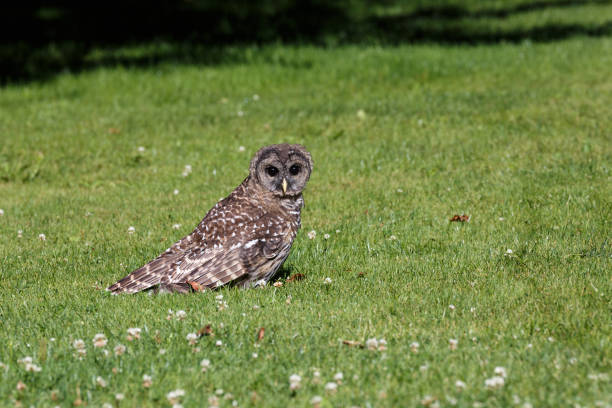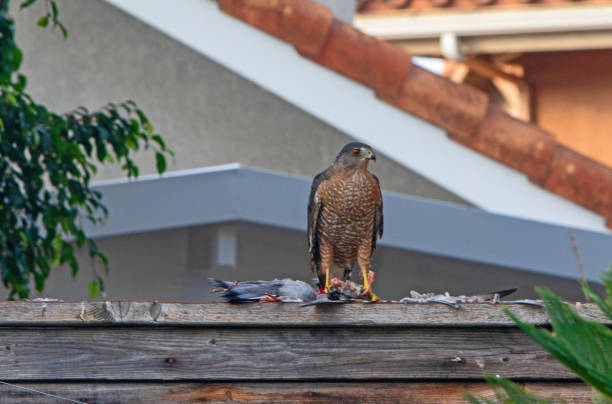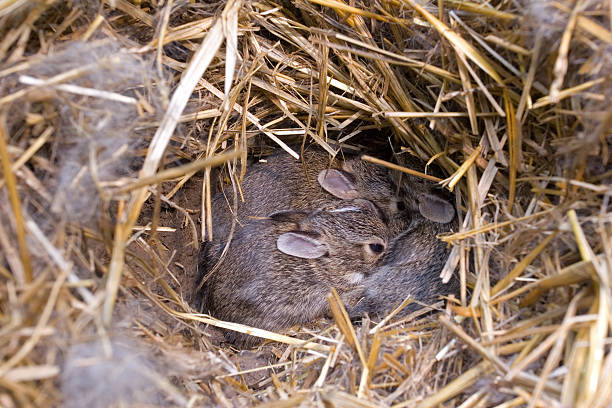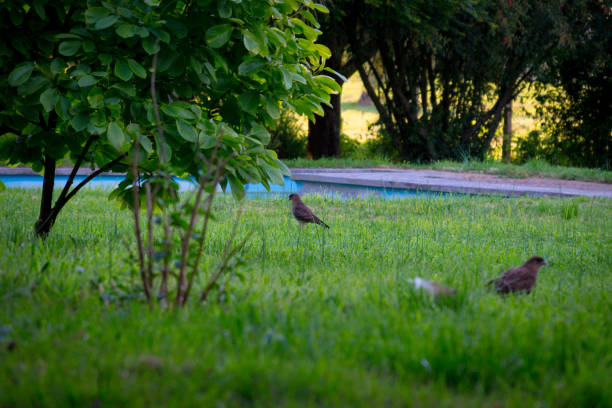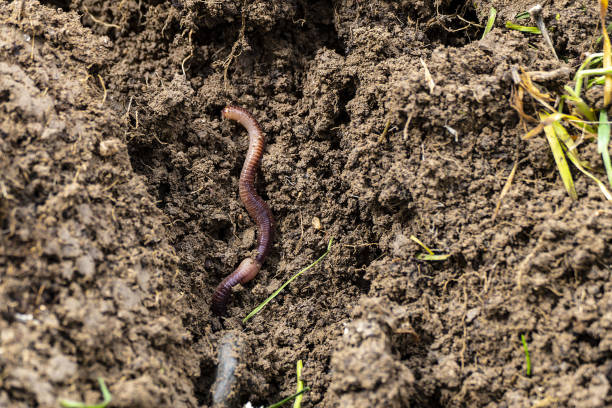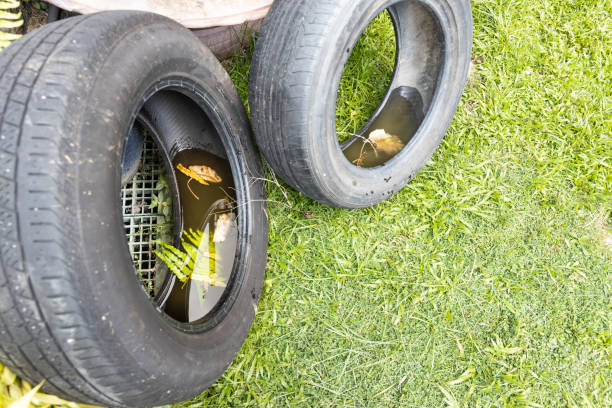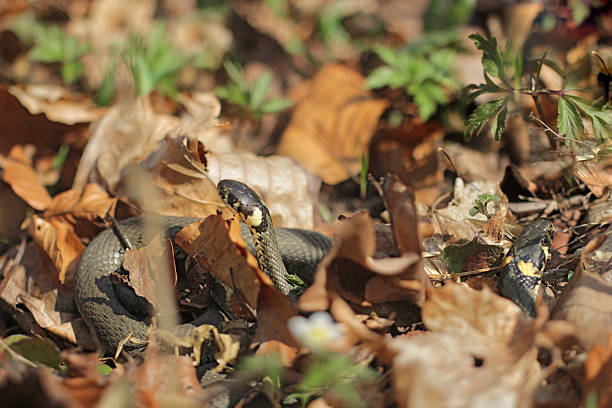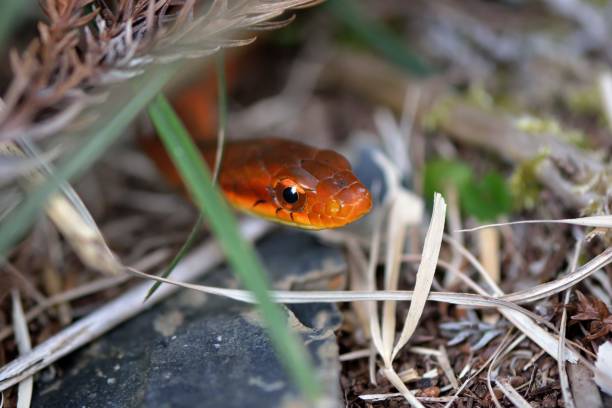How to Keep Owls out of Your Yard
This post contains affiliate links. This means I will make a commission at no extra cost to you should you click through and make a purchase. Read the full disclosure here.
Owls are fascinating creatures that are known for their beauty and grace. However, having owls frequenting your yard can sometimes lead to unwanted consequences. In this article, we will explore various methods and strategies to keep owls out of your yard while ensuring their well-being and conservation.
Understanding the Need to Keep Owls out of Your Yard
The Importance of Owl Conservation
Owls play a vital role in maintaining the ecological balance of our environment. They are natural pest controllers, helping to regulate populations of rodents and other small animals. By keeping owls out of your yard, you can ensure that they continue to fulfill their ecological duties elsewhere.
Potential Problems with Owls in Your Yard
While owls are beneficial in many ways, having them in your yard can present challenges. Owls may prey on small pets or disturb nesting birds, and their droppings can create a mess. Additionally, the noise they make during their nocturnal activities might disrupt your sleep. Taking proactive measures to deter owls can help address these concerns.
Creating an Unattractive Environment for Owls
Removing Food Sources
One effective way to discourage owls from visiting your yard is to remove potential food sources. Secure garbage cans tightly, as they can attract small animals that owls prey upon. Additionally, if you have bird feeders, consider taking them down temporarily, as they may attract rodents that, in turn, attract owls.
Minimizing Potential Nesting Spots
Owls look for suitable nesting spots, and by eliminating these opportunities in your yard, you can make it less appealing to them. Trim branches near your house, as owls often seek out hollow trees or abandoned nests in proximity to human dwellings. By reducing potential nesting spots, you can discourage owls from settling in your yard.
Eliminating Roosting Opportunities
Owls tend to roost in elevated areas during the day. By installing spikes or barriers on ledges or other flat surfaces, you can make it uncomfortable for owls to perch or rest in your yard. Alternatively, using anti-roosting devices such as motion-activated sprinklers or noise devices can startle owls and discourage them from frequenting your property.
Utilizing Visual and Auditory Deterrents
Installing Reflective Objects
Owls are known to be wary of shiny or reflective objects. Hang strips of reflective tape or CDs in areas where owls have been spotted. The flashing and shimmering lights will create an unappealing environment for them, reducing the likelihood of their return.
Utilizing Noise Devices
Owls have sensitive hearing, and certain sounds can deter them from an area. Consider installing devices that emit loud, unfamiliar noises periodically. This can include wind chimes, ultrasonic devices, or even playing recordings of predator calls. However, ensure that these noises are not disruptive to your neighbors or local wildlife.
Motion-Activated Sprinklers and Lights
Motion-activated sprinklers and lights can startle owls and discourage them from entering your yard. The sudden burst of water or the illumination from the lights can create an uncomfortable environment, convincing the owls to seek refuge elsewhere.
Implementing Physical Barriers
Installing Owl Netting or Fencing
Installing owl netting or fencing can create a physical barrier that prevents owls from accessing your yard. Ensure that the netting is securely fastened and covers potential entry points. Fencing can also serve as a deterrent, especially if it is difficult for owls to perch or fly over it.
Covering Windows and Other Openings
If you notice owls frequently perching on windowsills or entering open spaces like garages or sheds, consider covering these openings with mesh screens. This prevents owls from gaining access and helps maintain a bird-free environment in those areas.
Creating a Welcoming Habitat for Other Birds
Providing Alternative Nesting Spots
To divert owls from your yard, provide alternative nesting spots for birds that are less likely to attract owls. Install birdhouses or nesting boxes away from your house to encourage other bird species to inhabit those spaces instead. This can help create a balance between attracting desirable birds and discouraging owls.
Planting Owl-Resistant Vegetation
Certain plants and trees are less appealing to owls due to their density or foliage. Research and choose vegetation that is less attractive to owls and plant them strategically in your yard. This not only enhances your landscape but also reduces the chances of owls being drawn to your property.
Seeking Professional Assistance
Consulting with Wildlife Experts
If you have persistent owl-related issues or concerns, it’s advisable to consult with wildlife experts or local conservation organizations. They can provide insights into the specific owl species in your area and offer guidance on managing their presence in a safe and ethical manner.
Local Owl Rehabilitation Centers
In situations where owls are injured or pose a threat to themselves or others, local owl rehabilitation centers can provide valuable assistance. These centers are equipped to handle injured or distressed owls and can relocate them to suitable habitats when necessary.
Final Thoughts
Keeping owls out of your yard requires a balanced approach that considers both owl conservation and the need to maintain a pleasant living environment. By implementing the strategies outlined in this article, you can create an unattractive environment for owls while promoting the well-being of these remarkable creatures. Remember to always prioritize the safety and ethical treatment of wildlife in your efforts.
FAQs
Can owls cause any harm to humans?
While owls generally avoid human interaction, they may become defensive if threatened or if their nesting areas are disturbed. It’s important to maintain a respectful distance and avoid direct contact with owls.
Are all owl species attracted to residential areas?
No, not all owl species are attracted to residential areas. Some species prefer woodland habitats, while others adapt to urban environments. The extent of owl attraction to residential areas depends on factors such as habitat availability and food sources.
How long does it take for owls to find another place if I make my yard unattractive to them?
The timeframe for owls to find an alternative habitat varies. It can take a few days to a few weeks for owls to seek out a new location if your yard is no longer appealing to them. However, persistence and consistency in deterrent methods are key to long-term success.
Is it legal to remove owls from my property?
Laws regarding the removal of owls vary by region and owl species. It’s crucial to familiarize yourself with local wildlife regulations before taking any action. In many cases, it is best to consult with wildlife authorities or experts to ensure compliance with legal requirements.
What are some natural predators of owls?
Owls have relatively few natural predators due to their excellent camouflage and nocturnal habits. However, larger owls, eagles, and occasionally mammals such as raccoons or coyotes may pose a threat to smaller owl species.

